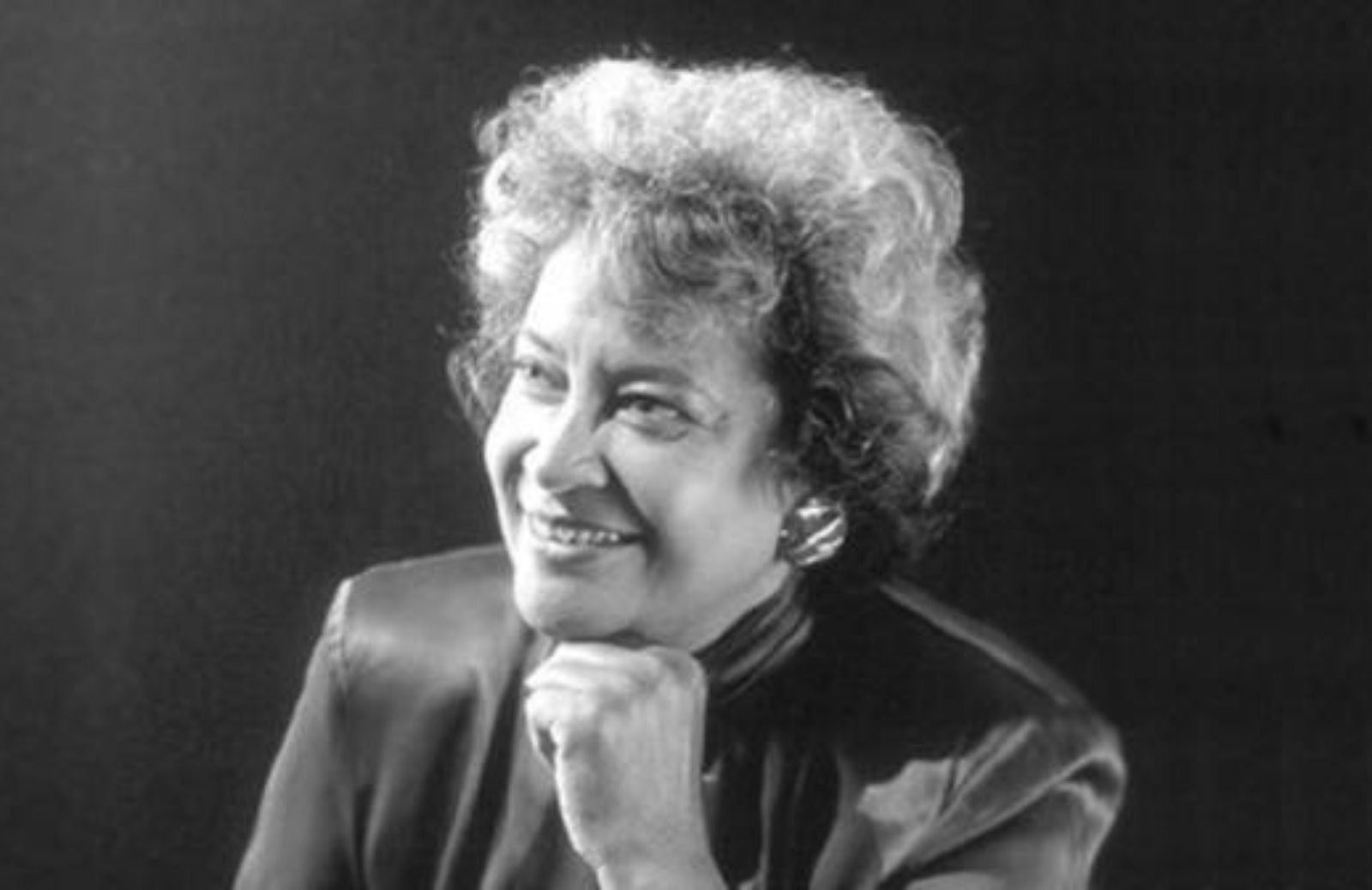Norma Merrick Sklarek
Architect

15 April 1926(Birth)
6 February 2012(Death)
Biography
Born on April 15, 1926, in Harlem, New York, Norma Merrick Sklarek was the only child of Walter Ernest Merrick, a doctor, and Amy Merrick, a seamstress, both of whom had immigrated from Trinidad. She grew up in Harlem and Brooklyn, and attended predominately white schools, including Hunter College High School, a selective public school for girls, where she excelled in math and science and showed talent in the fine arts. Her aptitude for math and art prompted her father to suggest architecture as a career. She attended Barnard College for a year, gaining the minimum of one year of liberal arts education that was a prerequisite for admission to the School of Architecture at Columbia University.
After graduating from Columbia, Sklarek faced discrimination in her search for work as an architect, applying to and being rejected by nineteen firms. “They weren’t hiring women or African Americans, and I didn’t know which it was [working against me],” she told a local newspaper in 2004. She took a civil service job as a junior draftsperson in the City of New York’s Department of Public Works. Feeling her talents and skills were underused in the city position, she took the architecture licensing examination in 1954, passing it on her first try and becoming the first licensed African American woman architect in the state of New York. In 1955, Sklarek was offered a position in the architectural firm Skidmore, Owings & Merrill, despite a bad reference from her supervisor at the Department of Public Works. She thought her boss’s negative reference had its roots in discrimination: “It had to be personal. He was not a licensed architect, and I was a young kid—I looked like a teenager—and I was black and a licensed architect.” At SOM, she was given more responsibility on increasingly large-scale projects, and she also taught evening architecture courses at the New York City Community College.
In 1960, she relocated and took a job at Gruen Associates in Los Angeles. At Gruen, she was aware of extra scrutiny from her supervisor, as she was the only black woman in the firm. As a new employee without a car, she took rides to work with a white male colleague who was consistently late. “It took only one week before the boss came and spoke to me about being late. Yet he had not noticed that the young man had been late for two years. Sklarek rose to the position of Gruen’s director of architecture, responsible for hiring and overseeing staff architects and coordinating technical aspects of major projects, including the California Mart, Fox Plaza, Pacific Design Center, San Bernardino City Hall, and the U.S. Embassy in Tokyo. Like many women architects in corporate firms, for most of her career Sklarek served as a project manager rather than design architect, although she is credited, with Cesar Pelli, as design architect on the U.S. Embassy in Tokyo.
In 1980, she joined the Los Angeles firm Welton Becket Associates as a vice president, where she was responsible for Terminal One at Los Angeles International Airport (LAX), a $50 million project that she completed before the start of the 1984 Olympic Games. Her next professional affiliation broke more barriers when, in 1985, she cofounded the woman-owned firm, Siegel Sklarek Diamond, with Margot Siegel and Katherine Diamond, which at the time was the largest woman-owned architectural firm in the United States. Sklarek left the firm after four years because she and her partners were not able to get commissions for large-scale projects, and after having a disagreement with another partner. She joined the Jerde Partnership as principal of project management. At Jerde, she worked on the Mall of America in Minneapolis and other significant projects.
She retired from the practice in 1992. During the 1990s, Sklarek was engaged with public and professional service, lecturing at Howard University, Columbia University, and elsewhere, and mentoring younger minority and women architects. Colleagues such as Marshall Purnell, Katherine Diamond, and others credit her for mentoring them by example and encouraging their success. In 2008, the AIA honored her with the Whitney M. Young Jr. Award, which recognizes an architect or organization embodying the profession’s responsibility to address social issues.
Sklarek's life was full of firsts: she was the first African American woman to be a licensed woman architect in New York and California; to be a member of AIA and elected to the College of Fellows; and to co-own an architectural firm. On February 6, 2012, after a lifetime of extraordinary accomplishments and leadership in architecture, Sklarek died of heart failure at her home in Pacific Palisades, California, at age 85. In 2019, she was posthumously awarded the AIA|LA Gold Medal.
Excerpted and adapted from an entry by Patricia Morton, University of California, Riverside in the Beverly Willis Pioneering Women of Architecture database.
The National Visionary Leadership Project has an oral history interview posted on their YouTube channel.